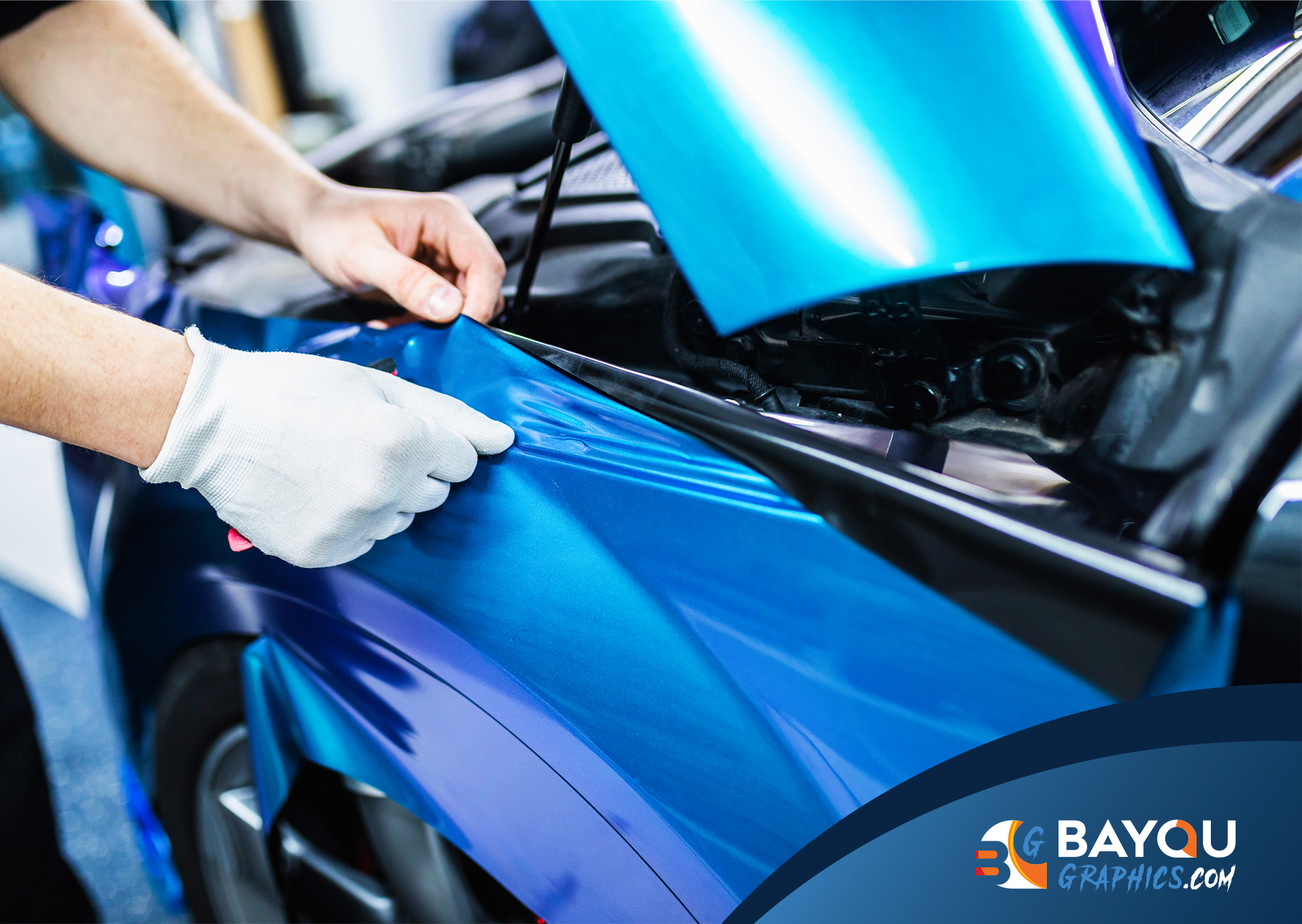Dude are you really wrapping cars with PVC?
This blog posting will be a detailed overview of the chemical and physical properties found in Polyvinylchloride wrap vinyl along with a bonus section covering the various additives used during compounding to make it flexible, UV resistant, and printable.
Just joking.
At the most basic level, the vinyl used to wrap your fleet is PVC- yeah like pipes sold at Home Depot- but blown into a film with an adhesive applied to the back. But the most important things to know are:
- There are two types of vinyl- Calendered and Cast
- Bonus Fact: Printable vinyl is printable vinyl- the matte, gloss, satin, and luster finishes come from the overlaminate applied to the design after it is printed.
- Free advice: Commercial grade vinyl is sold on large rolls to commercial graphic shops- vinyl sold at flea markets and online in small quantities is rarely suitable for heavy duty use, so don’t buy it and expect good results on a vehicle wrap or decal.
Calendered vinyl is like plywood- many layers going in opposing directions. This is typically means:
- Lower cost
- More aggressive adhesive
- Thicker than cast vinyl
- IS used in applications where vinyl is laid in flat panels (walls, large trailers, box trucks)
- NOT used in applications where stretching is not needed (like wrapping bumpers or curved areas on cars and trucks)
- CANNOT conform to complex curves, this means that when it is stretched and stuck into tight crevices on a vehicle it will look good for about 2 weeks, but then the film will tighten, causing the vinyl to shrink or bubble at the edges.
- SHOULD NEVER be used to wrap a vehicle.

Cast Vinyl is “cast” so the polymer is poured into a mold, like sand in a jar, then cured. This means:
- It is highly conformable, you can wrap things like bumpers and curved body panels with it
- Repositionable, like a big “post it” note in many cases, allowing a professional installer to lay out a complex, detailed design on a vehicle before beginning application. This is done to ensure handles and other objects don’t interrupt a design, to make sure it is straight, or to join it to another panel.
- More expensive than calendared vinyl.
We love our competitors, but the unfortunate truth is that there are a lot of wrap shop “wannabe’s” out there who are buying calendered vinyl and using them for car wraps. This is because calendered films are typically 50-75% cheaper than their cast alternatives. The problem is that the results are very poor which ends up getting the clients very angry (rightfully) and discouraged. Of course, because they don’t understand why their new wrap now looks so terrible. So, in these cases, the most obvious culprit is always the wrong product being used (calendered film instead of cast).
We hope this has been helpful- give us a call if you want to put our knowledge and expertise to the test!




